Our joints take a huge beating, as everyday movements, sports, aging, or past injuries all add stress. So, low-impact exercises allow movement with less strain to give joints breathing room to heal and maintain mobility. In this guide, we will provide some of the best low-impact exercises that improve joint health.
You will also receive guidance on progress, when to scale, and how to tailor intensity. By the end, you will know more than enough to provide relief to your joints.
1. Swimming/Water Aerobics
Swimming or doing water aerobics means moving in water, so your ability to float supports your weight. It reduces joint stress while still giving resistance to your movement. On top of that, it engages many muscles, improves cardiovascular fitness and flexibility, and helps maintain joint range of motion.
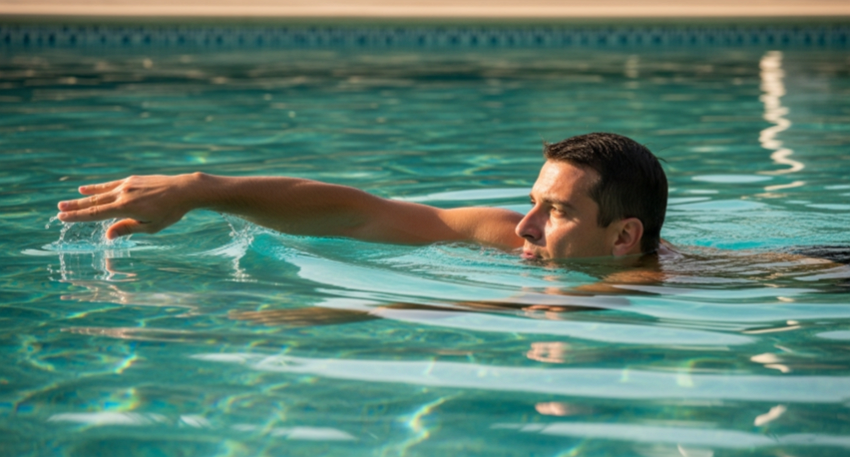
Swimming helps with joint pain.
Water aerobics is ideal for people with shoulder, hip, knee, and spine problems. It’s usually recommended for people with arthritis or joint pain because water cushions provide impact protection and allow you to move more freely without sharp stresses. You may also prefer this water-based exercise to reduce stress.
When To Increase Load Or Intensity:
- Increase intensity when you can swim or do water walking for 20 to 30 minutes without joint pain or fatigue.
- Add intervals, such as faster strokes, then recovery.
Use the following table as an example if you are just starting out:
| Feature | Starting Level | Increased Load Example |
|---|---|---|
| Duration | 15 to 20 minutes continuous | 30 to 45 minutes or add intervals |
| Resistance | Bare hands or light paddles | Stronger paddles or water weights |
| Stroke Variety | Swimming or easy water walking | Introduce breaststroke or drills |
| Frequency | 2 to 3 times per week | Up to 5 times per week |
2. Cycling
Cycling on a stationary or recumbent bike provides cardiovascular work with low force on joints. In this low-impact exercise for joints, your legs, hips, and knees get a workout without pounding from ground impact. It is especially useful for people with knee or hip pain, and those who want cardio without jump movements.
Apart from these benefits, it also helps with circulation and endurance. Along with that, cycling supports maintaining a healthy weight, which further reduces stress and joint load.
When To Increase Load Or Intensity:
- Raise resistance or incline when 20-minute sessions feel easy, and you maintain stable form without knee discomfort.
- Add intervals, such as a 1-minute higher resistance and a 2-minute easy.
| Feature | Starting Level | Increased Load Example |
|---|---|---|
| Resistance | Low to medium | High resistance intervals |
| Duration | 10 to 20 minutes | 30 to 45 minutes |
| Frequency | 2 to 3 sessions/week | 4 to 5 sessions/week |
| Pace / Cadence | Comfortable, conversational pace | Mix of moderate & hard bursts |
3. Yoga/Pilates/Tai Chi
These are practices focused on flexibility, controlled movements, posture, core stability, and joint range. They are low-impact exercises because you move slowly with your joints, often using your own body weight.
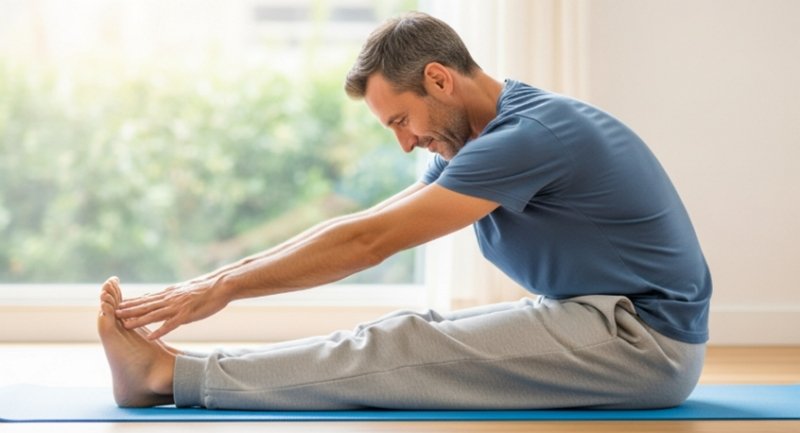
Yoga and pilates help with pain relief and mobility
Whether you choose yoga or pilates, all options help reduce stiffness, strengthen muscles around joints, and reduce the risk of joint strain. In fact, many medical sources recommend them for joint conditions.
When To Increase Load or Intensity:
- Increase intensity when poses become easy without shaking or joint discomfort.
- Go for longer hold times and add resistance via bands.
| Feature | Starting Level | Increased Load Example |
|---|---|---|
| Hold Duration | 20 to 30 seconds | 45 to 60 seconds or more |
| Pose Complexity | Basic poses, supported (block, chair) | Advanced balance, deeper stretch |
| Resistance/ Props | Bodyweight, mat | Bands, light weights, foam roller |
| Frequency | 2 to 3 times/week | 4 to 5 times/week |
4. Walking & Incline Walking
Among the available exercises, walking is the most accessible low-impact option, especially on even ground with proper footwear. On the other hand, incline walking adds challenge without impact by engaging different muscles and increasing cardiovascular demand.
It strengthens legs, supports joint lubrication, and aids in weight loss. Similarly, walking is often advised in arthritis guidelines because it’s low-risk and supports mood and endurance when you feel tired for exercise.
When To Increase Load or Intensity:
- Increase when flat walks are comfortable, and there is no pain or stiffness.
- Carry light weights if joints tolerate and increase the number of sessions per week.
| Feature | Starting Level | Increased Load Example |
|---|---|---|
| Duration | 10 to 15 minutes | 30 to 60 minutes |
| Terrain / Incline | Flat / Paths | Hills or treadmill incline |
| Frequency | 3 times/week | 5 times/week |
| Equipment | Cushioned shoes | Add walking poles, light backpack |
5. Chair Pilates / Chair Exercises
This is an excellent suggestion for people with joint issues, as it lets you do strength and flexibility training without standing for long periods or loading joints heavily. Since movements are usually seated or partially supported, it reduces pressure on knees, hips, and lower back.
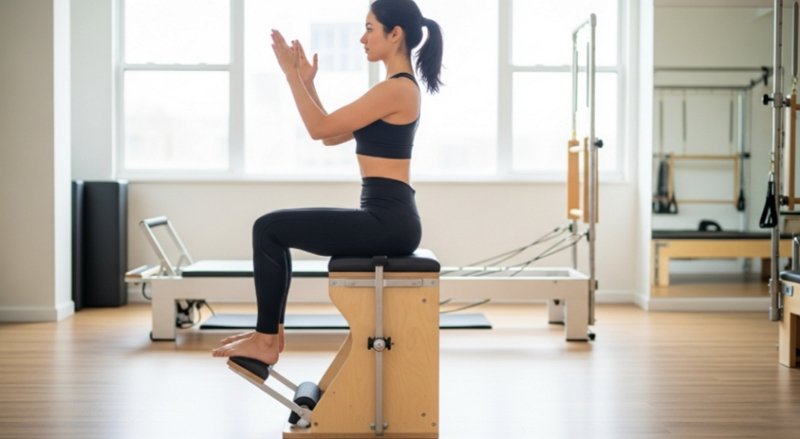
Chair pilates helps with strength and flexibility
In addition to joint relief, chair pilates is good for beginners, injury recovery, or joint pain conditions. It also builds muscle tone, improves mobility, increases blood flow, and makes daily activities easier without risking falls or sharp pains. An added benefit of chair moves is that they help core strength and posture.
When To Increase Load or Intensity:
- Increase the load when seated moves feel easy, and no joint soreness follows.
- Add small weights, increase repetitions, and try standing versions of some movements.
| Feature | Beginner Version | Progress Version |
|---|---|---|
| Reps / Duration | 8 to 10 reps per movement, 10 to 15 minutes total | 15 to 20 reps, 20 to 30 minutes, add sets |
| Support / Stability | Full chair back support, feet grounded | Less support, one-leg lift, balance challenge |
| Resistance | Body weight only | Light weights or resistance bands |
| Frequency | 2 to 3 times/week | 4 to 5 times/week |
6. Stair Climber/Stair Stepper Workout
In comparison with running, using a stair stepper or stair climber offers cardio that’s more joint-friendly, because pedals or steps reduce the stress. It works calves, quads, glutes, hip flexors, and improves cardiovascular endurance.
Because you need stability with each step, it also helps balance and core strength. The “25-7-2 StairMaster” style workout is cited as lower impact than jogging and useful for joint health. Here is a brief breakdown of this workout:
- Set the StairMaster machine to level 7 intensity.
- Climb continuously for 25 minutes without holding onto the handrails if possible.
- Do the whole workout twice per week as a cardio/joint-friendly routine.
| Feature | Beginner Setting | Advanced Version |
|---|---|---|
| Duration | 10 to 15 minutes | 25 to 40 minutes |
| Resistance / Level | Low to medium | High levels, steeper steps |
| Pace / Interval | Steady pace | Mix intervals: 1 min high / 2 min low |
| Frequency | 2 to 3 sessions per week | 4 to 5 sessions per week |
When To Increase Load or Intensity:
- Increase when the current duration is comfortable without knee or hip strain, and breathing recovers well.
- Raise resistance or level, extend duration, or try without holding rails.
Low-impact exercises protect joints while improving strength, balance, and endurance. Consistency is key, but proper guidance ensures safe progress. That’s why FIT4IT’s professional trainers are a smart choice. They help you build joint-friendly routines, adjust intensity safely, and keep workouts effective without risking unnecessary strain or injury.
Was this helpful?
Good job! Please give your positive feedback
How could we improve this post? Please Help us.
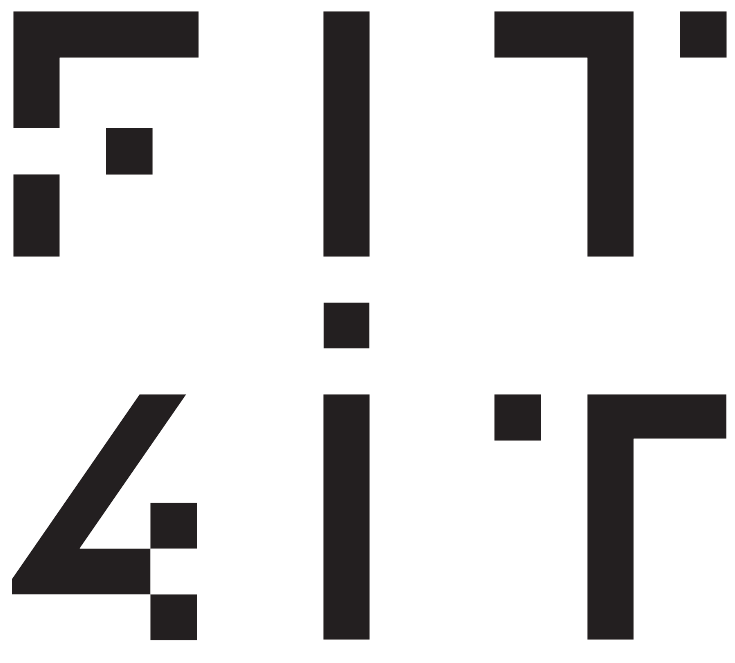

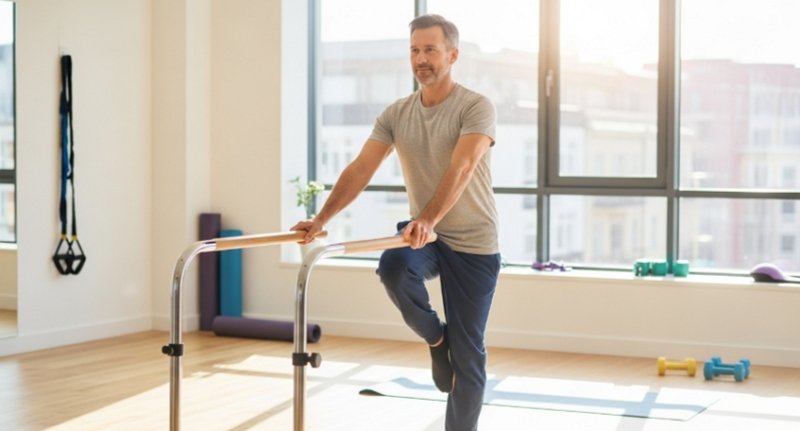
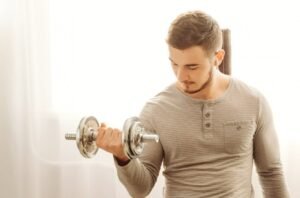


No Comments